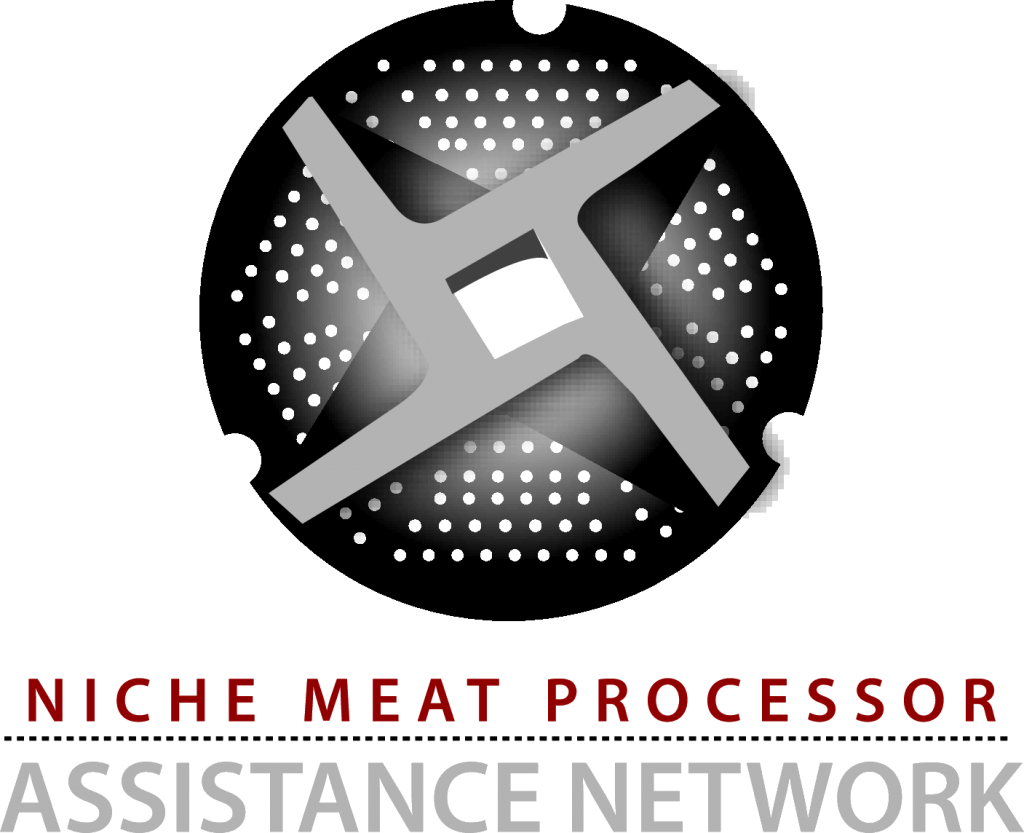Whether you want to expand, upgrade, or build a new plant, the steps are similar. Here’s a simple outline for a complex process:
Background Research
Learn about the industry. Talk with other meat plant owners, trade groups, regulatory agencies, farmers, and customers. This will help you decide how you want your business to look. Will it be a small, state-inspected locker selling products only in your state? Or a larger, federally-inspected facility that ships products across the country?
Business Planning and Feasibility
Every business needs a plan. You need to figure out where your supplies (animals, non-meat ingredients, packaging, equipment) will come from, who will buy your products, and what your competition is like. To complete this step, you will also need to know what your facility will look like and what construction costs will be. Remember: planning usually happens in stages, not all at once. More on business planning >>
Plant Design
This is an integral part of both your business plan and your financing. You will need to involve contractors to estimate your construction costs. This page will also give you tips on how to choose equipment, plus videos. More on plant design >>
Financing
Once your business plan is together, you can start looking for financing. Grant funding — from public agencies or private foundations — is rare, and you will most likely need to rely on bank financing and/or private investors. But there are a few public loan and grant programs that have worked for small meat processors.
More on public financial assistance programs >>
Inspection and Permitting
Whether you’re planning to have federal or state inspection, or operate as a custom-exempt facility, it’s generally a good idea to have an inspector look over your plant design before you build. Even strictly custom plants must be inspected periodically. And before you build, you need permits: business permits, building permits, and wastewater permits. More on meat processing rules and regulations >>
How to apply for inspection>>
Processing Regulations: SOPs, SSOPs, and HACCP
Standard Operating Procedures. Sanitation Standard Operating Procedures. Hazard Analysis Critical Control Point. Unless you’re planning a custom-exempt plant, you’ll need a written plan for each of these before you can begin operations under a “grant of inspection.” The plans must be examined and approved by your inspection agency and are subject to regular review. More on Processing Regulations>>
More on SOPs, SSOPs, and HACCP >>
Microbiology for Meat Processors
Meat processors wear many hats and one of them is that of the resident microbiologist. It is helpful to have a basic understanding of microbiology as you develop your food safety and HACCP plans, or if you are interested in making cured or fermented products like salami. More on microbiology >>
Labor
Start thinking about your workforce needs during business planning. Meat processing is hard work. Finding able and willing employees challenges plants throughout the industry. Finding workers and time to train them will be an important part of your business plan. More on workforce issues >>
Learn from others!
Need inspiration? Or cautionary tales? Check out our case studies of (mostly but not always) successful meat and poultry processors.


